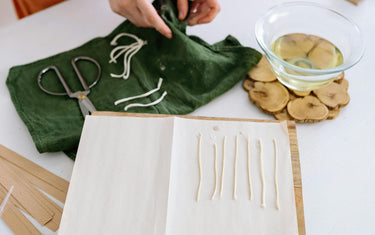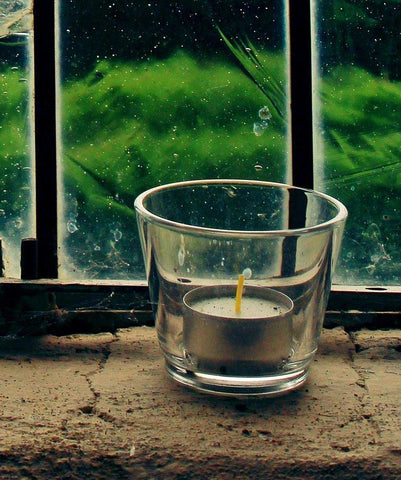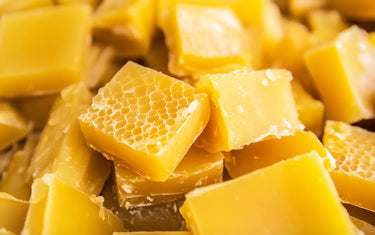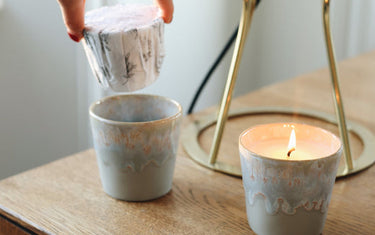3 min read / 22 March 2024 / yasmin sharp
What Are Candle Wicks Made of?
Discover the materials and science behind candle wicks, from wooden to speciality types, and their crucial role in candle burning.
Share this post

What are candle wicks made of? If you are a candlemaker or just enjoy the ambience provided by a calming flame, this may be a question you’ve always wanted to answer.
The truth is, there are a few different materials used to make candle wicks, depending on the type of wax, candle or product you buy.
We explain more about what candle wicks are made from and break down the science behind how they work.
How do candle wicks work?Candle wicks work through a process called capillary action, which involves the adhesion, surface tension and cohesion of the fuel. Melted wax serves as the fuel, pulling liquid into the wick by adhesion. The cohesion between the molecules of the wax and its surface tension then allows it to travel upward towards the flame. Another way to understand how this works is by dipping a piece of paper in water, and you will see the water travel upwards through the material. |

Are candle wicks important?
Candle wicks have a pivotal role to play in ensuring that a candle has a stable and self-sufficient flame.
The material used to make the wick will have a direct effect on its ability to absorb and pull up the liquid wax, which keeps the flame alive.
With the right wick in place, the candle will enjoy a constant smooth burn, which helps to avoid issues like tunnelling.
What is a candle wick made of?
Candle wicks are made out of a variety of different materials, such:
- Wooden wicks: Wooden wicks are usually made from natural wood, which produces a crackling sound, similar to a campfire. They help to give the candle a slow, even burn, with some featuring multiple plies, whilst others use a single ply.
- Flat wicks: This is the most common type of wick, and they are made from three bundles of cotton or similar fibres. Flat wicks are shaped like backpack and purse straps and can easily self-trim as they curl whilst burning.
- Square wicks: Similar to flat wicks these are made from braided fibre, although they are strong and rounder, as you can see by their ability to remain upright for longer whilst lit. If you buy square wicks, they will often need to be frequently trimmed because they do not curl as much as flat wicks.
- Cored wicks: Cored wicks feature an inner core made from zinc or cotton wrapped inside a fibrous outer layer. This makes them ideal for container candles, as the core structure enables them to stand up independently. Frequent trimming may be required, as they can be prone to mushrooming.
- Speciality wicks: Some wicks will fall outside of the categories mentioned above, with certain brands selling their own proprietary versions. Some products also need specialised wicks, such as oil lamps or insect-repellent candles to ensure you get the most out of the flame and wax.

Final thoughts
When it comes to answering the question “What is the wick of a candle made of?” there is no single answer, as it depends on a few different factors.
Flat wicks are the most common type, whilst square wicks are made from similar material but require more maintenance.
Wooden wicks produce a lovely campfire-style crackle, cored wicks are perfect for container candles and speciality wicks are used for certain unique types of products.









